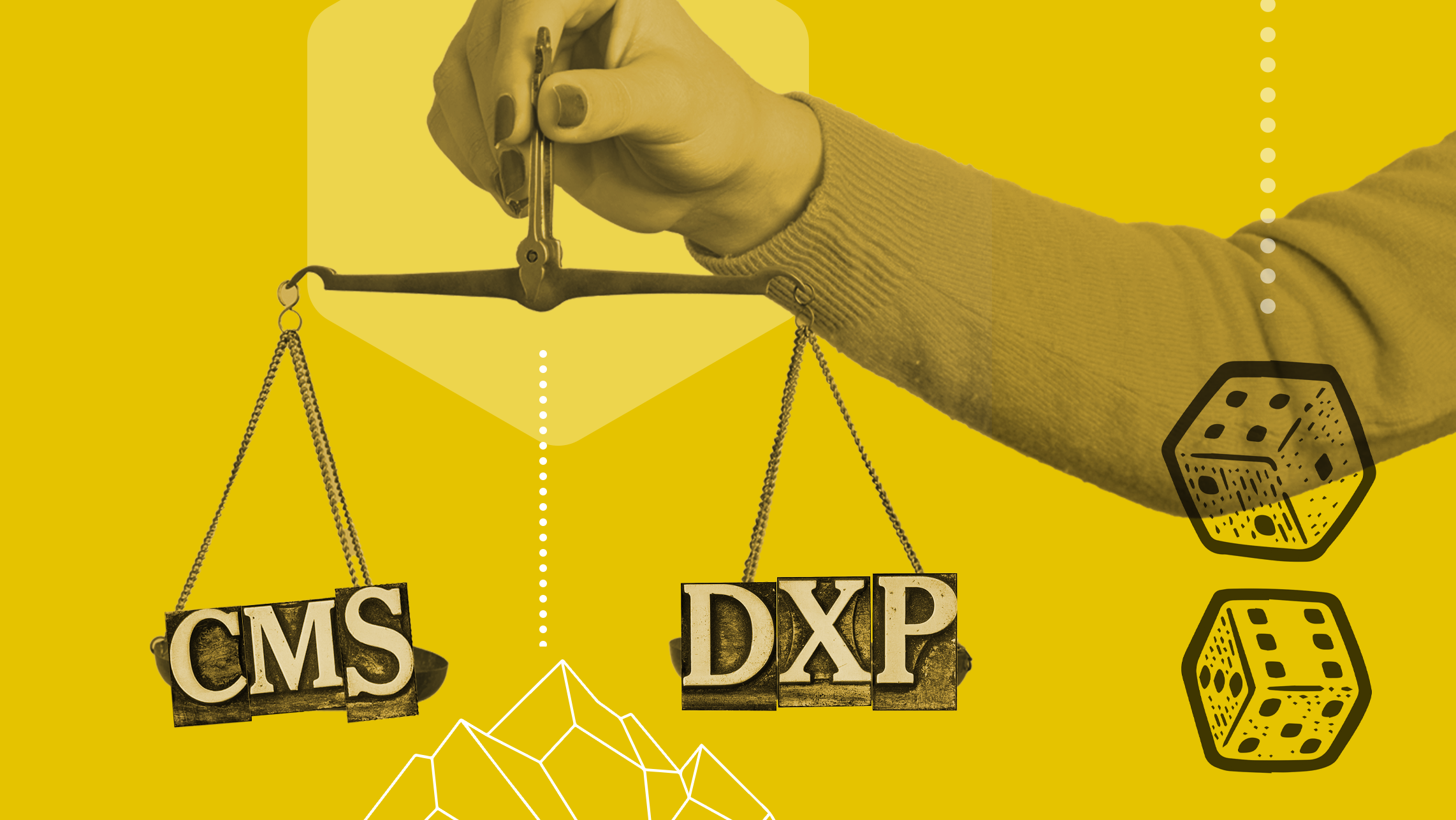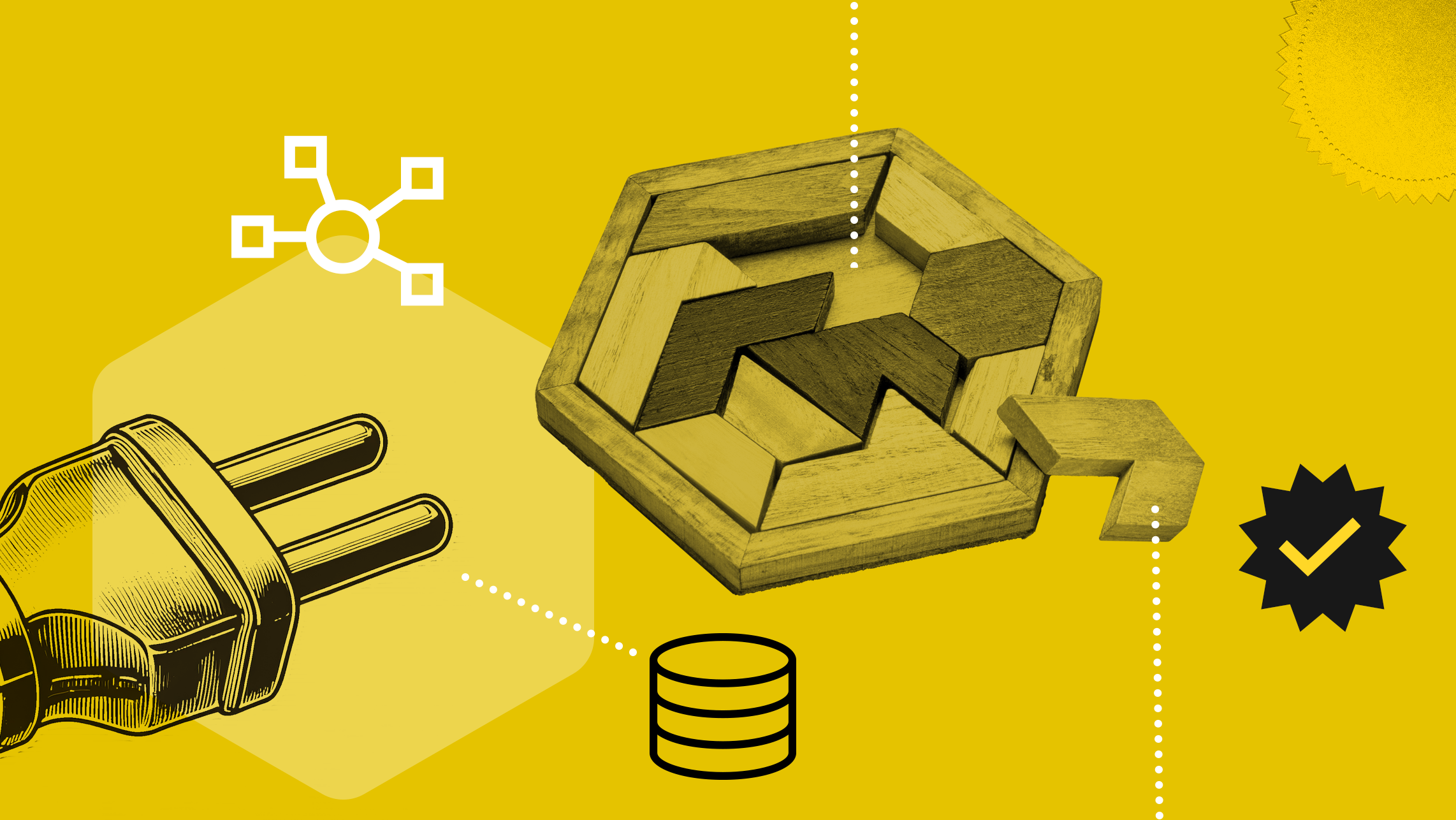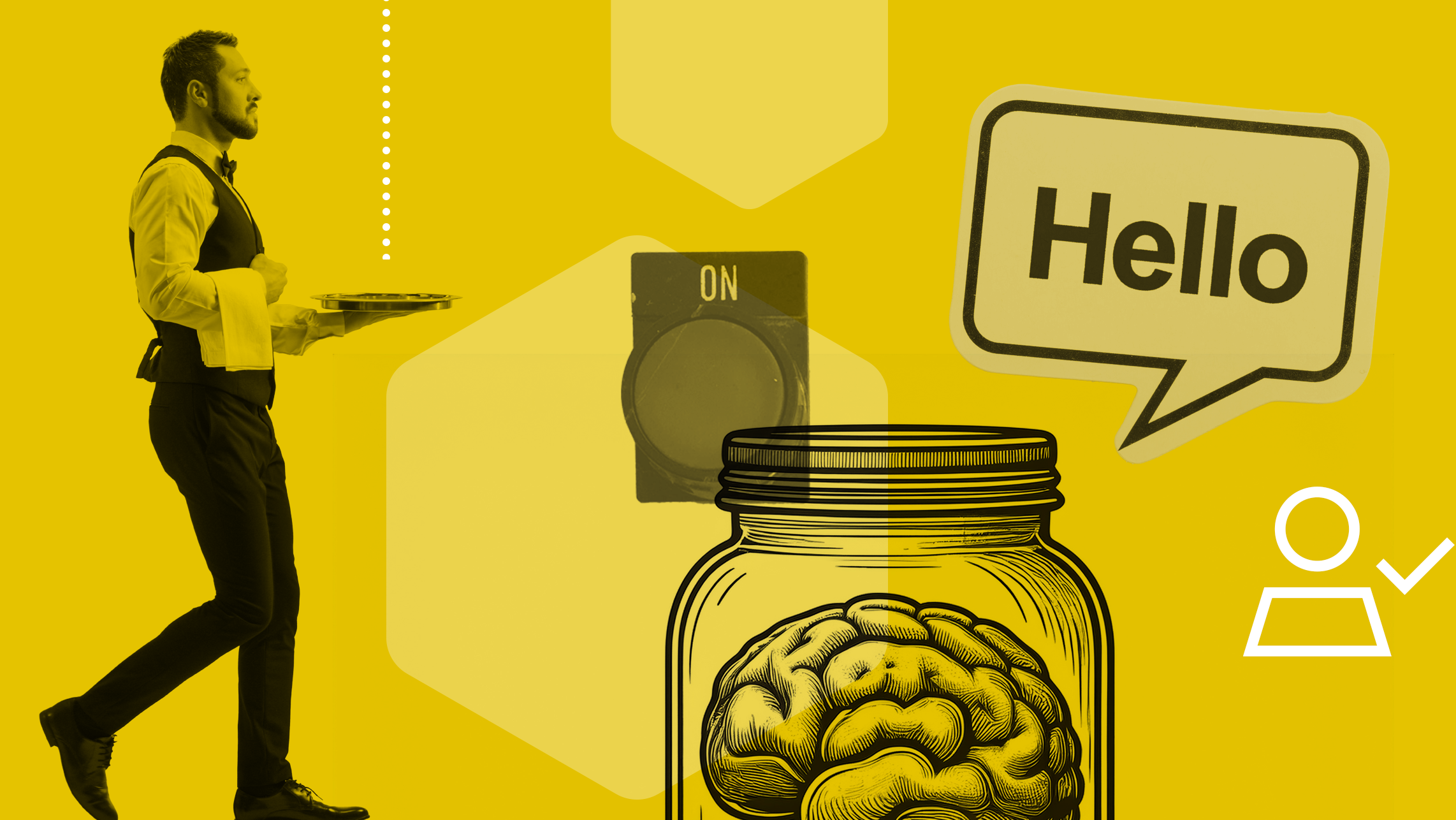What is a Digital Experience Platform (DXP)?
AI Summary
A Digital Experience Platform (DXP) helps businesses connect with their audiences across multiple channels, whether through a website, social media or email marketing. By combining tools like CMS, CRM and ERP systems, a DXP allows businesses to create, deliver and optimise digital experiences from a single platform. It ensures consistency across touchpoints, helping businesses personalise interactions and improve customer journeys. Whether you’re engaging through one channel or many, a DXP makes your digital presence more efficient.

What is a DXP?
Imagine you run a business and you juggle several methods of connecting with your target audience, through your website, social media, email marketing or over the phone. Each of these channels play a role in how people perceive your brand. But how do you keep all these interactions consistent?
The answer is simple: A Digital Experience Platform (DXP)
You may have heard of tools like CMS (Content Management Systems) CRM (Customer Relationship Management) systems, which track customer relationships and ERP (Enterprise Resource Planning) systems, which manage business processes. A DXP takes it a step further - it merges these functionalities and more to allow you to create, deliver and optimise digital experiences from one place.
With a DXP you can:
- Create and manage content for your website - through integrating your CMS
- Personalise email campaigns through integrating your email tool e.g. WoodPecker
- Analyse customer behaviour using analytics tools like Ahrefs to improve their experience
- Ensure that whether someone engages with you on social media or calls your support line, the experience feels connected
For example, let’s say a customer browses shoes on your website but doesn’t make a purchase. Later, they get an email showing those same shoes, along with recommendations based on their browsing history. That’s a DXP in action - bringing everything together for a seamless journey.
What are the features of a DXP?
A CMS - (for example Kentico) to create, manage and publish digital content across media channels
Customer Data Management - involves creating unified customer profiles by aggregating data from various touchpoints, enabling businesses to segment and target audiences with tailored experiences based on their behaviour and preferences. Personalisation and Customer Journey Mapping - Deliver customised experiences by using user behaviour, preferences and demographics.
Analytics and Insights - advanced analytics to track engagement, conversions and digital performance, to help refine marketing strategies and the customer experience. Integration Capabilities - Connect with third-party tools like CRMs, ERPs, marketing automation platforms and eCommerce systems.Security and Compliance - Robust security features, including role-based access, data encryption and compliance with regulations like GDPR.

Should I choose a CMS or a DXP?
When deciding between a Content Management System (CMS) and a Digital Experience Platform (DXP), it's essential to consider your specific needs and digital strategy.
Data-Driven Decision Making is Important: If your organisation relies on advanced analytics and real-time insights to refine marketing strategies and enhance customer experiences, a DXP offers comprehensive analytics tools to support data-driven decisions.
Remember: if you choose a headless CMS, like Umbraco Heartcore, you can always integrate your CMS into a DXP later down the line.
| Choose a CMS if: | Choose a DXP if: | |
|---|---|---|
| Primary Focus is Content Creation and Management: If your main requirement is to efficiently create, manage, and publish content on a website or app, a CMS is well-suited for this purpose. It provides the necessary tools for content creation, editing, and publishing. | Omnichannel Delivery is Essential: If you aim to provide a consistent and personalised experience across various channels (e.g. website, social media & email), a DXP is the best option. | |
| Limited Need for Personalisation: If your digital strategy doesn't require advanced personalisation or delivering tailored experiences to users, a CMS can suffice. It allows for content management without the complexities of personalised user experiences. | Advanced Personalisation is a Priority: If delivering tailored experiences based on user behaviour, preferences, and demographics is crucial, choose a DXP. | |
| Simpler Integration Requirements: If you don't need to integrate with multiple third-party tools or manage complex customer data, a CMS offers a straightforward solution. It focuses on content delivery without extensive integration needs. | Integration with Multiple Systems is Necessary: If you require integration with various third-party tools, such as Customer Relationship Management (CRM) systems, Enterprise Resource Planning (ERP) systems, and marketing automation platforms, choose a DXP. |

Is my CMS integrable to a DXP?
The ability to integrate your CMS with a DXP depends on whether your CMS is headless. A headless CMS (e.g. Umbraco Heartcore) separates the front end (presentation layer) from the back end (content management). By leveraging APIs, a headless CMS can seamlessly connect with other tools and platforms within a DXP.
However, not all CMSs require integration into an external DXP. Some platforms, like Sitecore, offer their own built-in DXP capabilities, combining content management with advanced features like analytics and personalisation. If you're considering upgrading your digital infrastructure, start by evaluating whether your current CMS supports headless functionality or already operates as part of a DXP ecosystem.

Why is global demand for DXPs growing so much?
According to HTF Market Intelligence, the global DXP market may see a market size of USD30,573 million by 2030 (which converts to approximately GBP 24,852 million). Reasons for this are customers' expectation of personalised, seamless and consistent experiences across channels, something that DXPs can deliver.
Many DXPs (such as Sitecore) now integrate AI to enhance personalisation and automate processes, offering significant time savings for business owners. Additionally, they are incorporating voice and conversational interfaces, enabling natural language interactions through voice assistants and chatbots, which further improve user experience.
However, some challenges could limit the market’s growth. Ensuring compliance with data protection regulations and maintaining customer trust in data handling processes remain critical concerns. Additionally, consolidating and integrating data from diverse sources can be complex. The implementation process for a DXP also requires significant effort and expertise, which can be a barrier for some organisations.
A DXP might sound like a fancy term, but at its core, it’s all about making your digital presence more efficient. If you want to find out more about DXPs contact us today.
